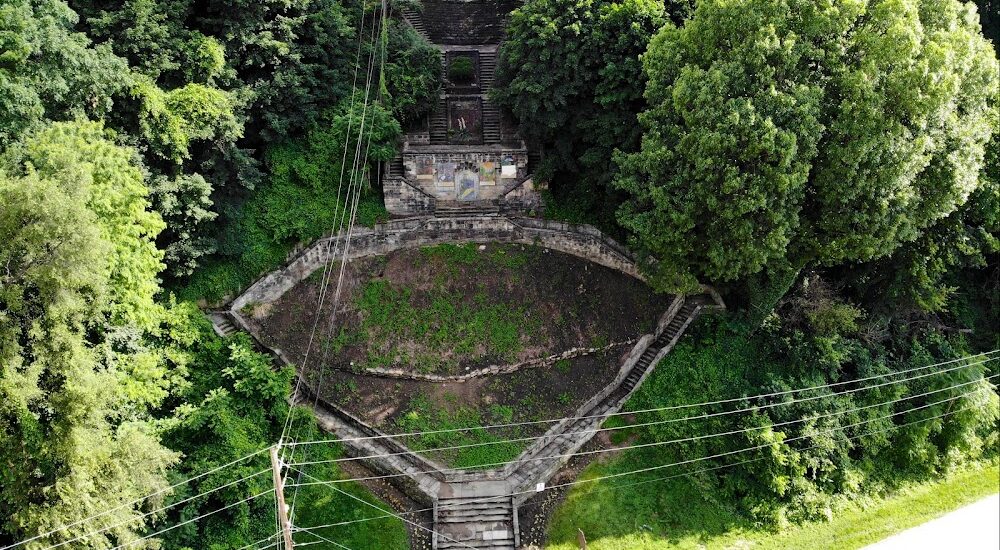Welcome to the Glendale Steps in Akron, Ohio, a historic landmark that tells the story of resilience and community spirit during the Great Depression. These steps, completed in 1938, are more than just a pathway; they are a testament to the ingenuity and effort of the local community and the federal Works Progress Administration (WPA).
The Glendale Steps were conceived as part of a larger vision for a beautiful downtown park, spearheaded by Gertrude Seiberling, a prominent community leader and president of the Akron Garden Club. Designed by the renowned landscape architect Warren H. Manning, these steps were intended to provide access from the West Hill neighborhood to the proposed Glendale Park. While the park never materialized due to land being claimed by the Innerbelt construction, the steps remain a significant architectural feature.
Built during the mid-1930s, the steps were a product of the New Deal’s WPA, which provided jobs during the economic hardships of the Great Depression. Manning’s design creatively navigated the 200-foot slope with a zig-zag pattern, allowing for the integration of gardens and plantings. This Romanesque Revival style, characterized by its rustic sandstone and careful craftsmanship, highlights the skills of the stonemasons of that era.
The Glendale Steps have witnessed many changes over the decades. While they once buzzed with the footsteps of children from St. Vincent de Paul Parish School on their way to field trips, today they stand as a poignant reminder of a community’s unfulfilled dreams. However, their recent addition to the National Register of Historic Places in 2023 has sparked renewed interest in preserving and revitalizing this historical site.
Community efforts, led by Progress Through Preservation, are underway to breathe new life into the Glendale Steps. Ideas such as creating walking paths, picnic areas, and even a zipline are being considered, aiming to finally realize part of Gertrude Seiberling’s initial vision. The story of the Glendale Steps is a story of determination, community collaboration, and the enduring spirit of Akron’s residents.






